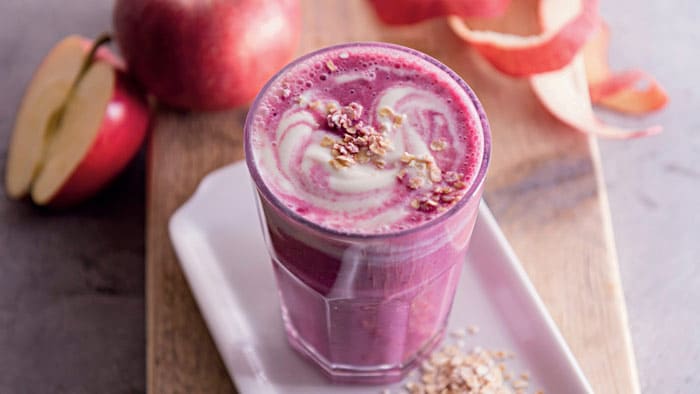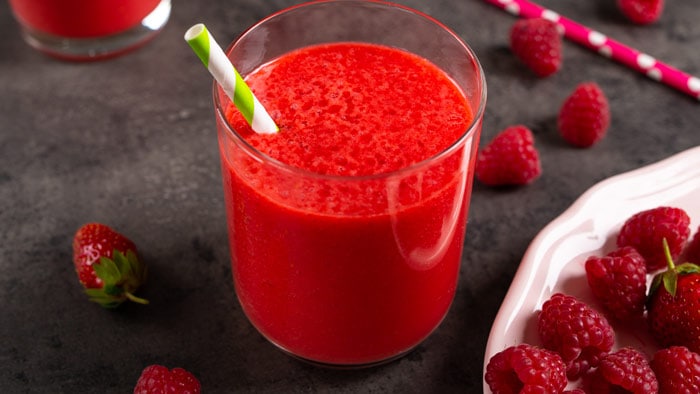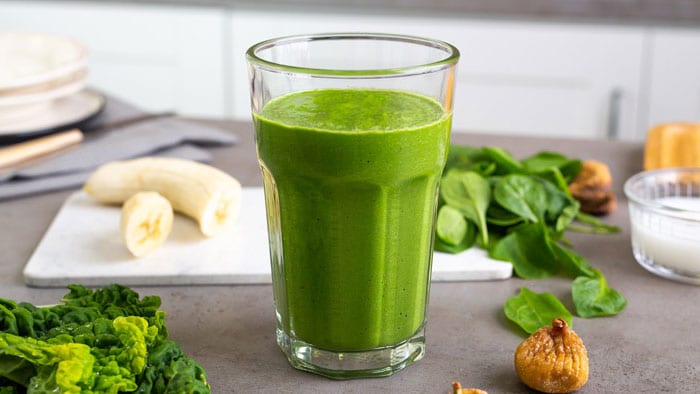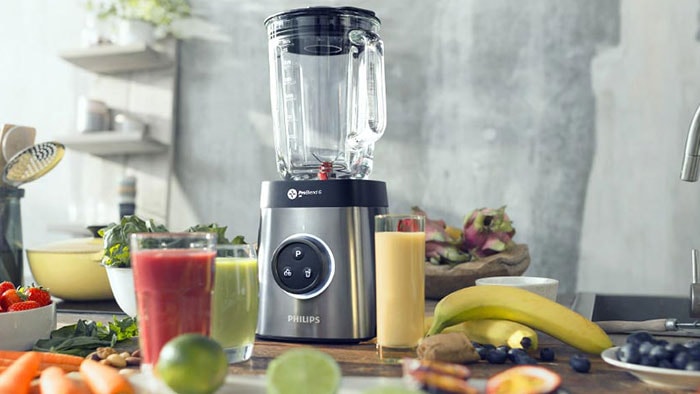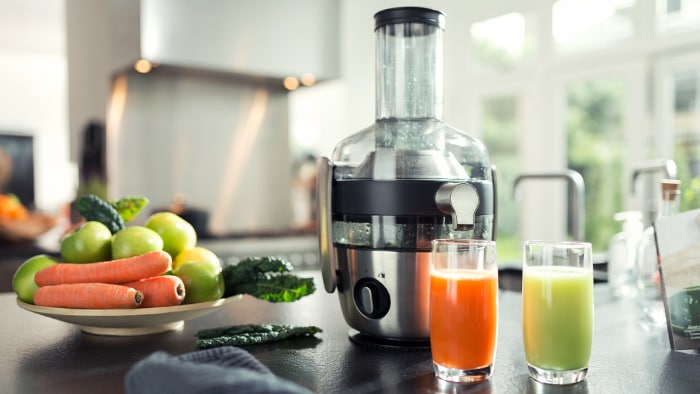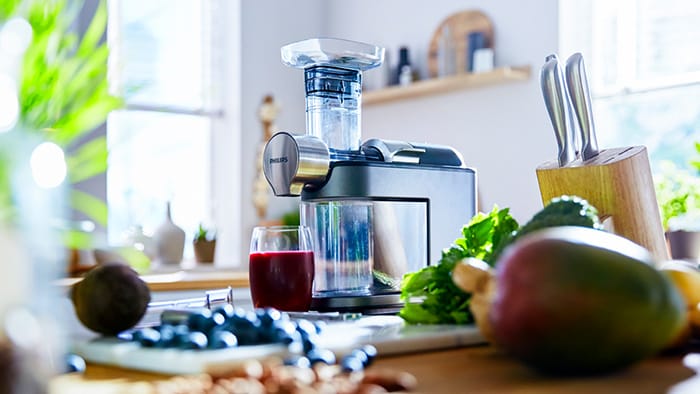Reading time: 3 Min
What Is a Slow Juicer, and How Exactly Does It Work?
Slow juicers make tasty, creamy, smooth and nutrient-pack drinks from everyday fruit and veg. If you want to make cheap, tasty and healthy juice drinks for your family, they’re a great choice.
Read on to find out more about how slow juicers work, their pros and cons, and how to choose the right slow juicer for your family.
What is a slow juicer?
A masticating juicer is a kitchen appliance that extracts juice from vegetables and fruit. They're also popularly known as “slow juicers”.
How Slow Juicers Work?
Slow juicers work by tightly squeezing fruit or vegetables against a mesh screen using an auger.
An auger is a spiral-shaped component inside the machine that crushes and squeezes the produce to extract juice. When you use a slow juicer, it creates juice and pulp. The juice leaves via one outlet on your machine and, depending on the model, the pulp via another.
Speed: how slow is a slow juicer?
Slow juicers are slow when you compare them to centrifugal juicers.
Centrifugal juicers operate differently from slow juicers. They use blades to extract the juice from fruit and veg, not an auger. The blades in centrifugal juicers, sometimes called “fast juicers”, spin at 6,000 and 14,000 RPM.
In comparison, the auger in a slow juicer operates at a speed of 80 to 100 RPM.
With a slow juicer, juicing can take between five and 10 minutes. With a fast juicer, it’s almost immediate.
Key technology in Philips Avance Viva Juicer
The Philips Avance Viva Juicer is a compact, stylish and highly effective slow juicer.
Its FibreBoost Technology gives you the ability to precisely choose the texture of juice you want. It gives the option of adding up to 50% more fibre to create the tastiest and smoothest juices.
The Avance Viva Juicer can handle the toughest vegetables and fruits thanks to its 1,200-watt motor. The 80 mm XXL feeding tube is large enough for most fruits and veg so you spend less time cutting up your ingredients before you start juicing.
The motor powering the Advance Viva Juicer is close to silent thanks to its reduced noise and vibration.
Another Philips slow juicer key feature on the Avance Viva Juicer is the drip stop technology.
This keeps your worktop surface clean and spotless between juicing sessions. To switch it on, simply turn the spout.
Slow juicer vs cold press juicer
You might often hear slow juicers called “cold press juicers”. However, the process of slow cold pressing is very different to a traditional slow juicer.
Slow juicers don’t have an auger that crushes and pulps ingredients.
Instead, you chop up the fruit and veg you’re juicing before you put them in a cold press. Then, a hydraulic press or similar mechanism squeezes the juice out of the produce.
Cold press juicers are generally only sold to businesses wanting to produce large quantities of juice. You rarely see them in people’s homes.
What you need
-
Avance Collection
Juicer (1200W)
HR1922/21
- QuickClean
- 1200 W
- XXL feeding tube
-
Viva Collection
Juicer
HR1855/70
- 800 W
- QuickClean
- 2 l, XL tube
- Drip stop
-
Viva Collection
Masticating juicer
HR1889/71
- XL tube, 70 mm
- Quick clean, in 90 sec
- Easy assembly
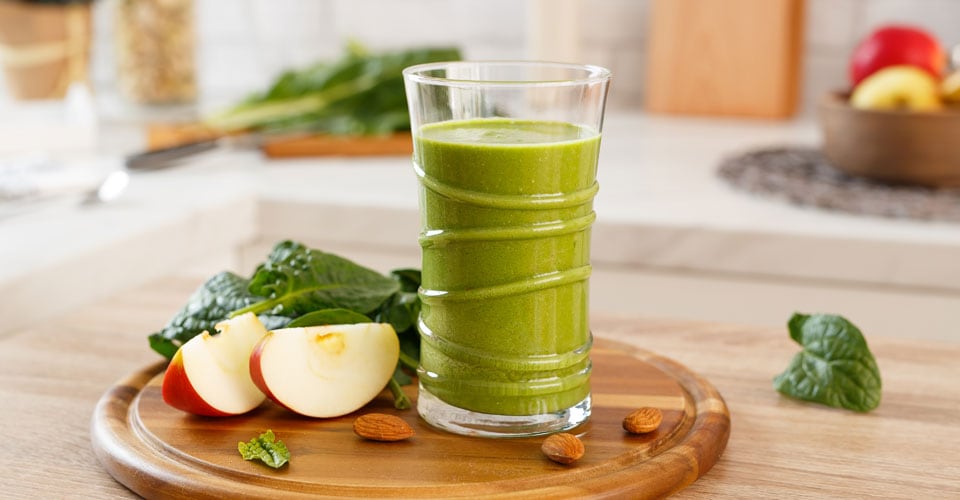
Pros vs. Cons: How Effective Are Slow Juicers?
Let’s now look at the pros and cons of slow juicers compared to centrifugal juicers. Slow juicer disadvantages
Slow juicer advantages
What Juicer Is Best for Me?
There are dozens of slow juicers available to buy from a wide range of manufacturers. Key terms to know with your slow juicer
What to look out for when buying a slow juicer
Here are some key slow juicer buying tips to think about when you’re deciding which model you want to buy:
To help you choose the right juicer for you, here’s our “Key Terminology 101” section that explains important juicer jargon in clear terms:




